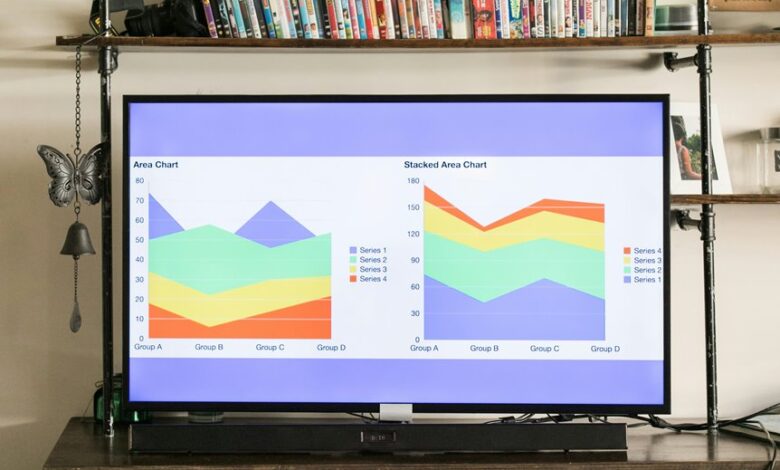Key Financial Reporting Trends 3509559753

The landscape of financial reporting is undergoing significant transformation. Emphasis on sustainability is reshaping reporting frameworks, while automation enhances efficiency and accuracy. Real-time data analytics are becoming essential for informed decision-making. As organizations navigate evolving regulatory requirements, the integration of Environmental, Social, and Governance (ESG) metrics is increasingly critical. These trends indicate a shift that could redefine corporate accountability and transparency in unprecedented ways. What implications might this have for the future of financial reporting?
The Shift Towards Sustainability Reporting
As businesses increasingly recognize the pressing need for environmental responsibility, the shift towards sustainability reporting has gained significant momentum.
Companies are adopting various reporting frameworks to communicate their environmental impact effectively. By implementing sustainability metrics, they provide stakeholders with transparent insights into their practices.
This trend reflects a broader commitment to accountability and the pursuit of long-term freedom from environmental degradation, aligning corporate goals with societal expectations.
Enhancements in Automation and Digital Tools
Automation and digital tools are revolutionizing financial reporting by enhancing accuracy and efficiency.
The automation benefits include reduced human error and expedited processes, facilitating timely decision-making.
As organizations embrace digital transformation, they leverage sophisticated software for streamlined data management and analysis.
This shift not only optimizes resource allocation but also empowers finance teams to focus on strategic initiatives, fostering innovation and growth.
The Importance of Real-Time Financial Data
The growing reliance on automation and digital tools in financial reporting has paved the way for a heightened emphasis on real-time financial data. This shift enhances decision-making agility, allowing organizations to extract real-time insights that influence strategic choices.
| Benefit | Description |
|---|---|
| Timeliness | Enables immediate access to financial data. |
| Accuracy | Reduces errors through automated updates. |
| Responsiveness | Facilitates quick adjustments to strategies. |
| Competitive Advantage | Improves market positioning through agility. |
| Informed Decision-Making | Supports data-driven strategies effectively. |
Increasing Focus on ESG Metrics
A significant shift is occurring in financial reporting, with organizations increasingly prioritizing Environmental, Social, and Governance (ESG) metrics.
Key factors driving this trend include:
- Enhanced ESG disclosure standards that promote transparency.
- Growing stakeholder engagement demanding accountability.
- Recognition of ESG’s impact on long-term financial performance.
This focus reflects a broader movement towards sustainable business practices, aligning financial metrics with societal values.
The Role of Data Analytics in Financial Reporting
As organizations increasingly integrate ESG metrics into their financial reporting frameworks, the role of data analytics becomes paramount.
Data visualization techniques enhance the communication of complex financial data, facilitating stakeholder understanding.
Meanwhile, predictive analytics applications enable organizations to forecast trends and assess potential risks, empowering decision-makers with actionable insights.
This synergy of analytics transforms financial reporting into a strategic tool for sustainable growth.
Regulatory Changes and Compliance Challenges
Numerous regulatory changes are reshaping the landscape of financial reporting, presenting significant compliance challenges for organizations.
Key areas of focus include:
- Evolving regulatory frameworks requiring regular updates.
- Increased scrutiny during compliance audits, emphasizing transparency and accuracy.
- The necessity for ongoing staff training to adapt to new regulations.
These factors compel organizations to invest in robust compliance strategies to ensure adherence and mitigate risks.
Conclusion
As the financial landscape evolves, the integration of sustainability and real-time data analytics emerges as a beacon guiding organizations toward greater transparency and accountability. With the increasing emphasis on ESG metrics and the relentless march of automation, companies are not merely adapting—they are transforming. In navigating the intricate web of regulatory compliance, they forge a path that not only meets societal expectations but also enhances their strategic positioning in a rapidly changing world.




